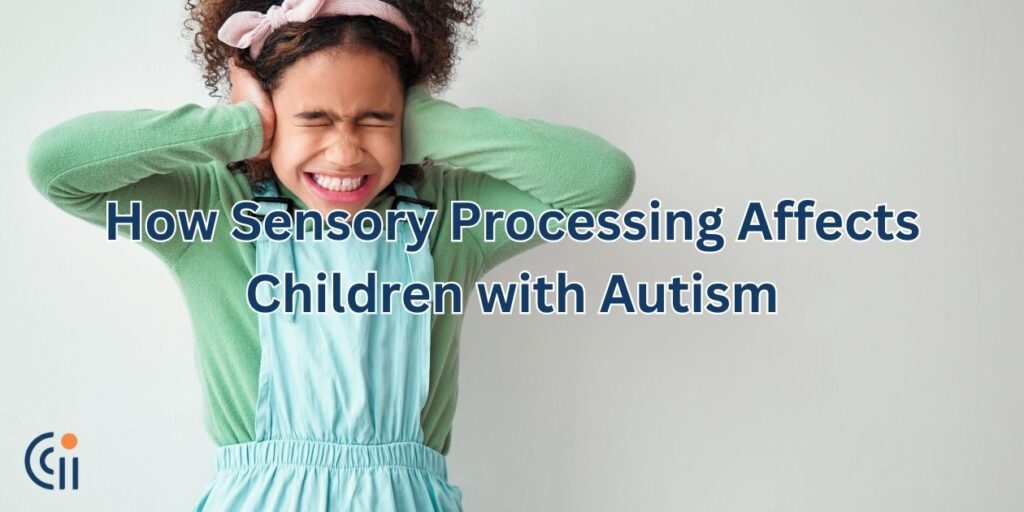
Many children with autism experience the world in a unique way. Sounds may seem louder. Lights may feel too bright. Certain clothes might feel scratchy or even painful. These challenges are often caused by sensory processing issues.
At Circle City ABA, we help families understand these sensitivities and support children in ways that make everyday life easier and more comfortable.
What Is Sensory Processing?
Sensory processing is how our brains take in and respond to information from the world around us. This includes sight, sound, touch, smell, taste, balance, and movement.
For most people, this process happens without much thought. But for many children with autism, sensory messages can feel overwhelming or confusing. This can lead to strong reactions like covering ears, avoiding touch, or needing to move constantly.
Some children are over-sensitive to sensory input, while others are under-sensitive and seek out strong sensations.
Common Autism Sensitivities
Every child with autism is different. Some may have just one sensory challenge, while others may experience several.
Here are a few examples of common autism sensitivities:
-
Sound: A child may cover their ears during loud noises like hand dryers, vacuum cleaners, or sirens.
-
Touch: Tags on clothes, certain fabrics, or even hugs might feel uncomfortable.
-
Sight: Bright lights or busy patterns can be too much to process.
-
Smell/Taste: Some children may be extra picky about foods because of strong smells or unusual textures.
-
Movement: A child might spin, jump, or rock often to feel balanced.
These reactions aren’t about behavior—they’re a response to how their body and brain are processing sensory input.
How Sensory Processing Affects Daily Life
Sensory challenges can make everyday situations stressful for kids with autism. A trip to the grocery store might feel like too much noise and motion. A birthday party could be overwhelming with music, lights, and crowds.
When a child is overloaded, they might:
-
Have a meltdown
-
Try to escape the situation
-
Become very quiet or shut down
-
Use repetitive actions to self-soothe
Understanding these behaviors as signs of sensory overload—not bad behavior—can help families respond with care and support.
What Is Sensory Integration Therapy?
Sensory integration therapy helps children learn how to respond to sensory input in a more comfortable way. It’s often used alongside ABA therapy.
In therapy, children might:
-
Swing in a safe, quiet space to calm their body
-
Play with different textures like sand, rice, or foam
-
Listen to calming music or try ear defenders for loud spaces
-
Practice wearing clothes with different materials
The goal is to help their brain process sensory information in a way that works better for them.
At Circle City ABA, we use fun, play-based activities to support each child’s unique sensory needs. Our team works closely with families to build routines that help kids feel safe and comfortable at home, school, and in the community.
Supporting Your Child’s Sensory Needs
There are many simple ways to support a child with sensory challenges:
-
Keep a quiet, calm space at home for breaks
-
Offer fidget toys or weighted blankets for comfort
-
Let your child wear sunglasses or headphones when needed
-
Create a visual schedule so they know what to expect
-
Ask what helps—and listen to their answers
Every small step can make a big difference.
Start ABA Therapy with Circle City ABA
If your child struggles with sensory processing or other challenges related to autism, we’re here to help. Circle City ABA offers personalized therapy plans that include support for autism sensitivities and sensory needs. Our trained therapists use play, structure, and compassion to help your child thrive.
Contact our admissions team for more information on our services and how we can support you and your child. Find a location near you! We serve Arizona, Georgia, Indiana, Iowa, and Nebraska.
Together, we can help your child feel more comfortable and confident in the world around them.


